🕘 Updated March 2025 – This article has been refreshed with current insights and guidance for maximizing the value of your Microsoft 365 licensing investment.
Most organizations assume they need to buy more licenses or move to E5 to unlock Microsoft 365’s full potential. The truth? You may already own everything you need—if you know how to use it. In this post, we’ll share lessons learned and show you how to unlock hidden value in your current Microsoft 365 investment.
Microsoft 365 Licensing Always Comes Up
At some point in almost every Microsoft 365 engagement I have with customers, we talk about licensing. Even if the project has absolutely nothing to do with licensing, and no one planned for it to come up, and we all pinky-swear that we won’t talk about it, it inevitably still comes up. There are two lessons that I would like to share today about that:
- Microsoft 365 licensing is usually misunderstood, but it is not as complicated as everyone thinks.
- Most organizations are not maximizing the value of the licenses they already own.
Many times, customers do not realize that they can accomplish their goals with what they already own, or they assume that what they want to do with Microsoft 365 will cost far more than it actually will. I have provided some insight, resources, and examples below.
Understand What You Have (And What You Might Not Need)
It goes without saying that Microsoft 365 E5 provides a robust, comprehensive set of productivity, collaboration, systems management, compliance, and security tools. If you can make this investment and implement all that comes along with it, you should.
That said, do not assume you need E5 to get significant value out of the Microsoft 365 platform. The E3 license levels (especially Microsoft 365 E3) offer a ton of features and functionality, and I recommend that you maximize what you can out of those features before looking at add-ons or upgrading. M365 E3 includes most of Office 365, Intune, Windows Enterprise, and strong identity protection. If you have frontline workers, the F3 license complements the E3 license well.
If you need more features, make sure to consider the add-ons that are available for Teams Voice, the Defender security functions, or Purview data governance and compliance. Keep in mind though, that the cost of adding a couple of add-ons may require nearly as much spending as a full E5 license. It may end up making more sense to move to E5—in this case, to simplify license administration and take advantage of the full E5 feature set.
Also, the common thread that the E5 suite or add-on SKUs provide is automation on top of the E3 functionality. Automated security response features, email hygiene, identity protection, and data labeling are prominent, and the time savings that the automation brings to both end users and the technology or security teams can be a reason to move to E5.
(The links above reference a great resource at M365maps.com that can help you understand how Microsoft 365 licenses are structured, and showing which features are part of each bundle. This site provides color-coded diagrams of the Microsoft 365 features, along with a wealth of other information. In particular, this diagram shows what is included in each bundle and add-on as it relates to Office 365 and Microsoft 365 E3 and E5, including a breakdown of the add-ons you can purchase separately.)
Maximize Value by Using What You Already Own
I am still surprised at how many organizations don’t know what they are licensed for and still have not implemented features that could help them achieve their goals related to identity, security, compliance, and device management. They made the decision to invest in the integrated Microsoft 365 ecosystem, but then did not implement the integrated tools it provides. Not only are they often paying for redundant solutions, but in many cases, they can easily address gaps that do not require much effort to deploy.
A few of the more common scenarios:
Mail Hygiene
Still using a separate spam/phishing filter? Use Microsoft Defender for Office—it’s built in and deeply integrated.
Device Management
Using a third-party MDM? Intune is included with M365 E3 and offers full support for Windows and BYOD.
Conditional Access with Entra ID
MFA alone isn’t enough anymore. Use Conditional Access policies with Entra ID P1 or M365 E3 for modern identity security.
Data Loss Prevention (DLP)
Concerned about PII or payment data? Microsoft Purview DLP policies are effective out of the box and easy to configure. Check out our step-by-step Purview eGuide.
- Microsoft continuously adds value—so if you haven’t revisited your license use in the last year, now’s the time.
Looking Ahead: Laying the Groundwork for Future Initiatives
Customers that do a good job deploying the Microsoft 365 integrated services I’ve discussed, also give themselves a leg up when it comes to other cloud adoption initiatives. Implementing additional services like Copilot for Microsoft 365 or migrating infrastructure and applications to Azure is easier if the Microsoft 365 services are already in place as the foundation. All these components are designed to integrate and complement each other.
We Can Help!
eGroup helps organizations evaluate current licensing, identify gaps and redundancies, and build a roadmap that aligns with both technical goals and budget.
🎯 Explore our Licensing Optimization Workshop
We’ll help you:
- Understand your current entitlements
- Identify underutilized tools
- Optimize your licensing strategy moving forward
Contact our team to schedule your workshop today.



